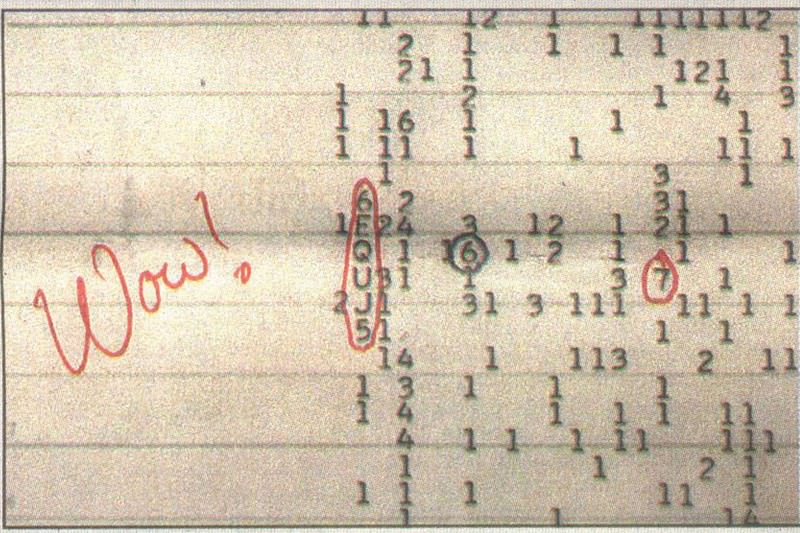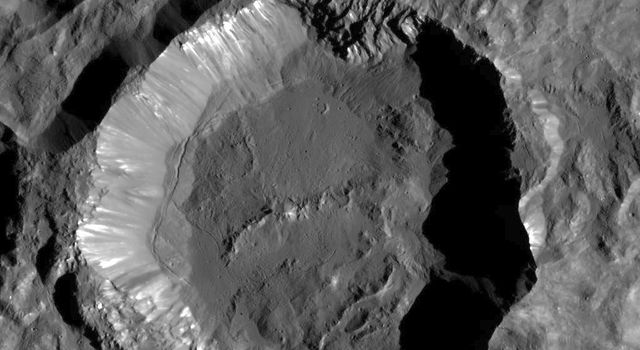Someone, who really has no idea and knows NOTHING about me, said that
maybe my book Red Paper: Canids was a disappointment to me because it
never made me any money?
Firstly, there is over 40 years of research in the book so it does NOT disappoint me.
Make ME money? That was never the intention. Any profits were to go to the UK Wolf Conservation Trust which does a LOT of educational work including with schools and The National Fox Welfare Society who do things like give advice on sick or injured foxes and FREE mange treatment.
I am only disappointed (almost ashamed really) in that I have been unable to contribute to these two organisations.

Up-dated 2013 edition includes a section on sarcoptic mange in foxes and treatment plus a list of wildlife sanctuaries and rescue centres in the UK.
http://www.lulu.com/shop/terry-hooper/the-red-papercanines-vol1/paperback/product-20492038.html
Firstly, there is over 40 years of research in the book so it does NOT disappoint me.
Make ME money? That was never the intention. Any profits were to go to the UK Wolf Conservation Trust which does a LOT of educational work including with schools and The National Fox Welfare Society who do things like give advice on sick or injured foxes and FREE mange treatment.
I am only disappointed (almost ashamed really) in that I have been unable to contribute to these two organisations.

Terry Hooper
The Red Paper: Canids
Paperback,
A4 (21 x 30cms)
202 Pages
Photographs, illustrations and maps
Price:
£10.29
Ships in 3–5 business days
By the 1700s the British fox was on the verge of extinction and about to
follow the bear and wolf having been hunted for sport for centuries.
The answer was to import thousands of foxes per year for sport. But
foxes kept dying out so jackals were tried. Some were caught, some
escaped. Even wolves and coyote were released for hunting and "country
folk" were very far from "happy" -some even threatening local hunts -one
intending to release a wolf for a hunt- with legal and other
consequences.
The summation of over 40 years research by the noted naturalist and
former UK police forces exotic wildlife consultant reveals the damnable
lie of
"pest control" hunting but also reveals the cruelty the animals were
subject to and how private menageries as well as travelling shows.
Private menageries, or single exotic "pets" as well as travelling shows helped
provide the British and Irish countryside with some incredible events
such as the 1905 "vampiric" sheep killer of Badminton, the mystery
hounds of Cavan and Coyotes of Epping Forest.
The Girt Dog of Ennerdale
is also dealt with in detail -was it a tiger? A Tasmania Thylacine? This
book gives the exact facts and details for the first time.
Up-dated 2013 edition includes a section on sarcoptic mange in foxes and treatment plus a list of wildlife sanctuaries and rescue centres in the UK.
http://www.lulu.com/shop/terry-hooper/the-red-papercanines-vol1/paperback/product-20492038.html




